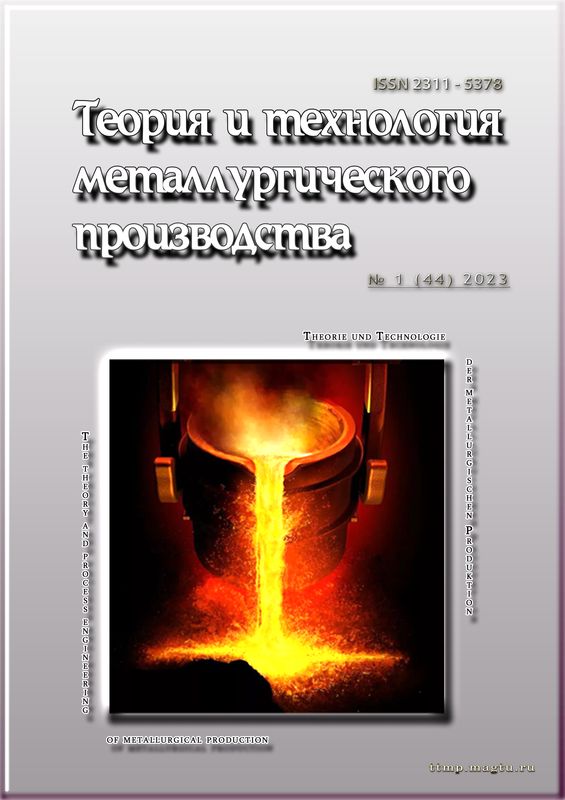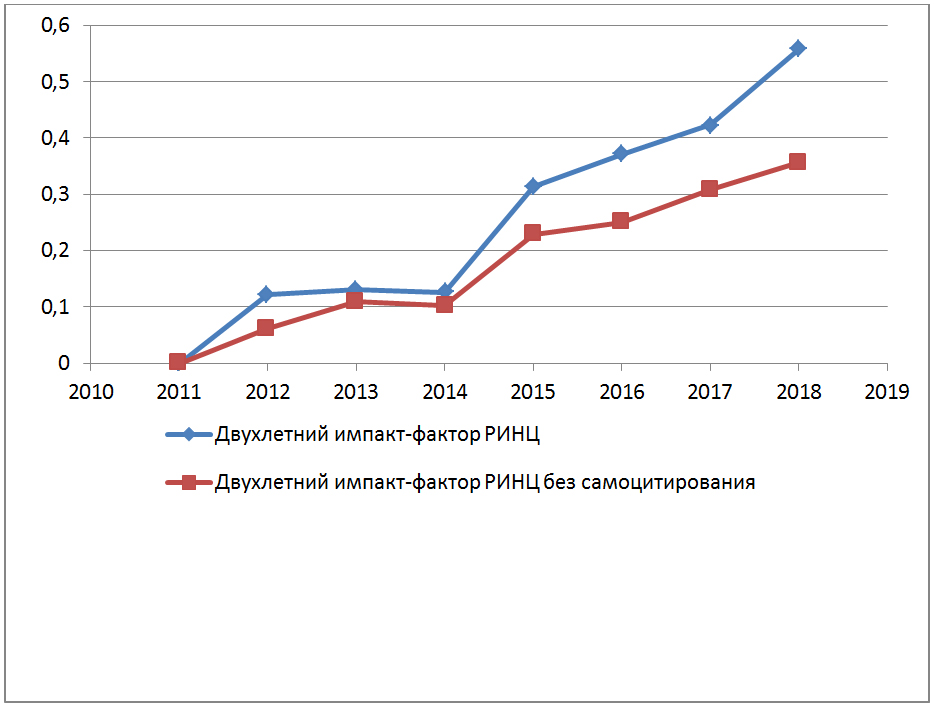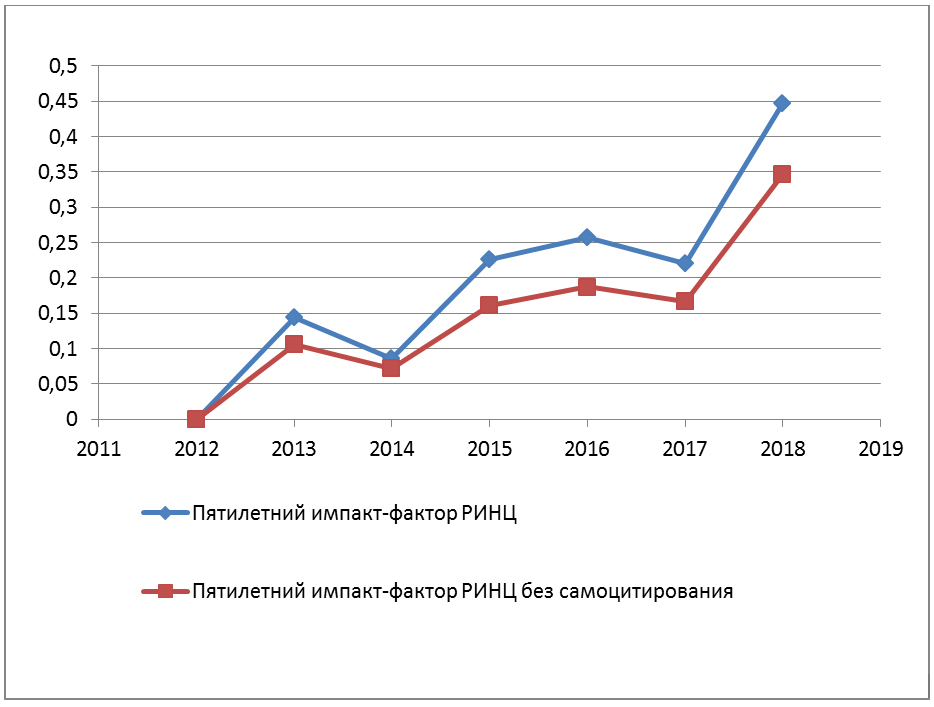Abstract
The modern process of production of non-tensioned reinforcing wire of class 500 based on the use of alternating tensile-compression deformation COLD STRETCHING or "SBR" is considered. The theoretical foundations of the change in the mechanical properties of metal when using mechanocyclic processing are described. A list of enterprises that manufacture universal lines for the production of valves is presented, with the help of which this technology can be implemented. To theoretically evaluate the implementation of this technology on the LM-TRA / 760-RO line of GCR Eurodraw, finite element modeling was applied with the creation of a digital twin of the object and subsequent analysis of the degree (intensity) of deformation required to determine the optimal configuration of the bending rollers. The digital twin of the rolled steel being processed was built in the DEFORM 3D software package. The point after the filling unit and after the scalebreaker panel, i.e., in the places of the most deformation effect, were taken as control points. To build the model, a sample of reinforcing bars with a diameter of 12.0 mm from low-carbon steel was used. It is fundamentally determined that in order to obtain the required properties of the reinforcement, the value of the deformation intensity should be in the range of 0.07-0.10. Using the example of reinforcing bars with a diameter of 12.0 mm, it is shown that the existing composition of the equipment can provide the COLD STRETCHING process. Further, it is necessary for each standard size of reinforcing wire to carry out theoretical calculations that determine the specified level of deformation intensity, and, accordingly, the center distance for the rollers.
Keywords
Reinforcement wire, COLD STRETCHING, strength class 500, strain rate, Finite-element modeling, digital twin, roller configuration, drawing drum, Coulomb-Amontons’ law.





